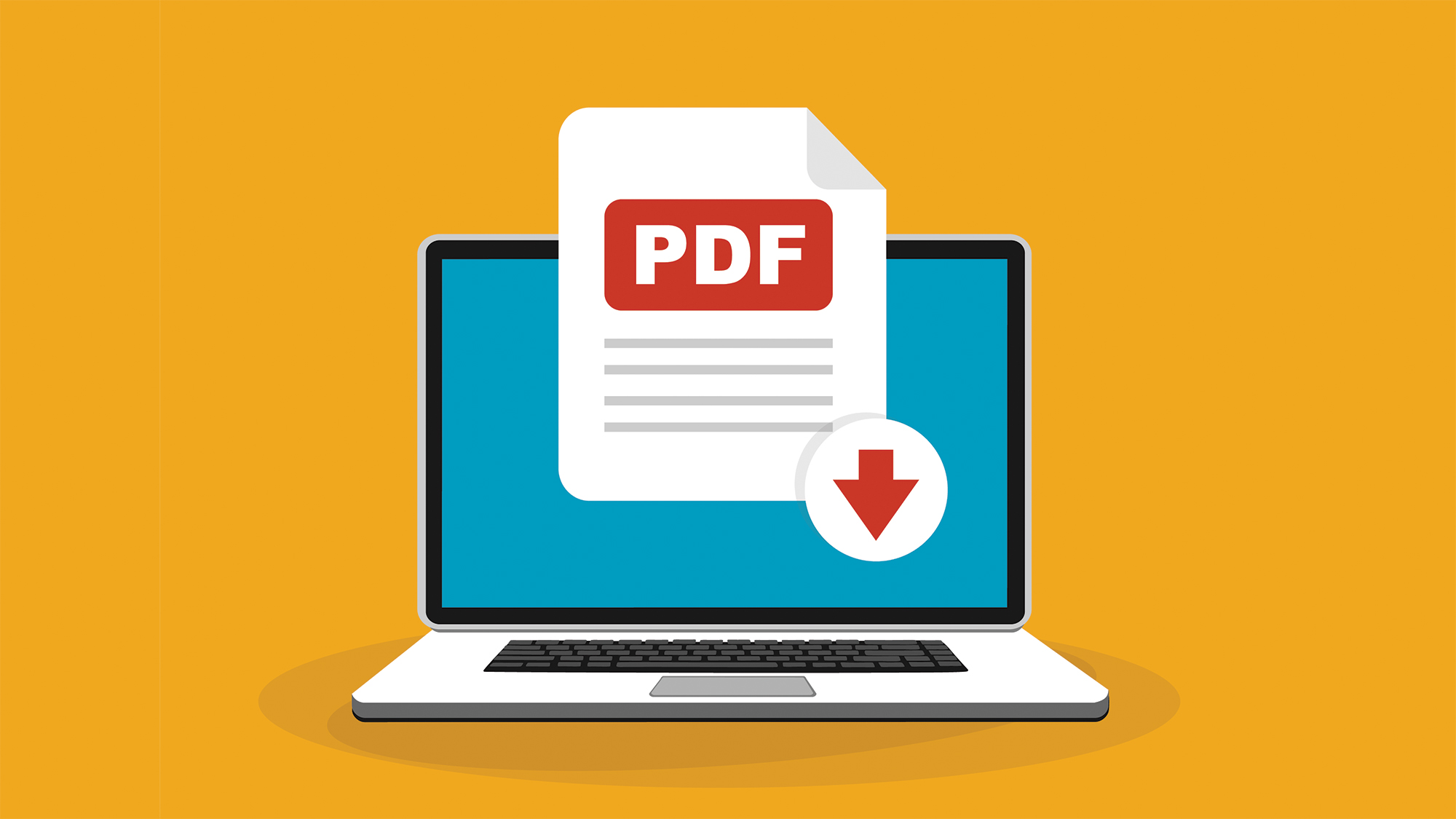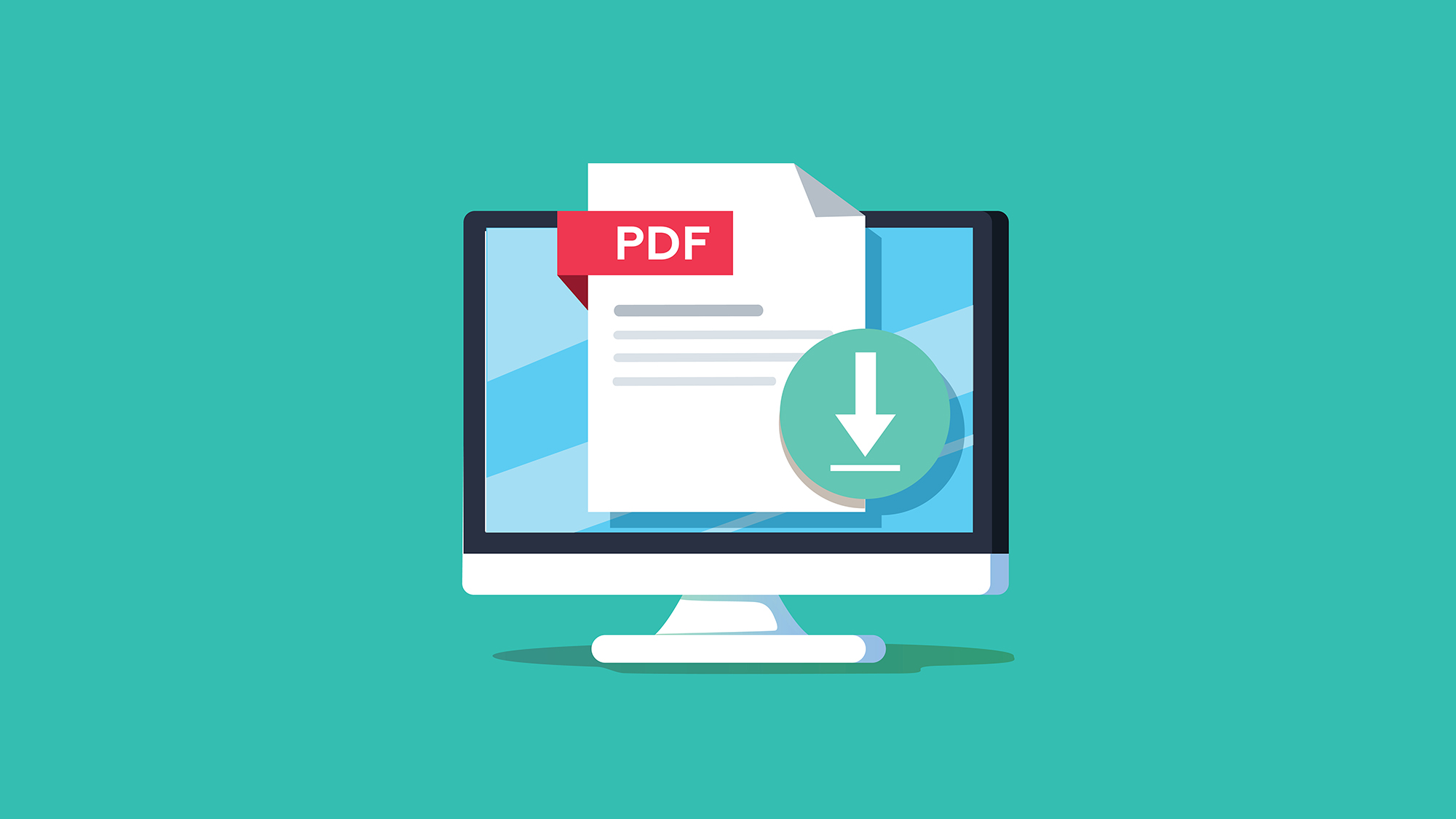A complete guide to document management systems
Need a solution to all those documents you have in your business?


There are few if any companies for whom documents don’t play an important role in the administration of the organisation. From invoices to legal documents and beyond, it’s imperative to keep everything in good order – and that’s where document management systems come in.
Gone are the days in which paperwork was filed away in the bulky filing cabinets that lined office walls. Indeed, ‘paperwork’ has become a misnomer, as the majority of organisations have abandoned paper and switched to more convenient – and environmentally friendly – digital documents. You have your pick of software suites that enable the capturing, storing, cataloguing and archiving of digital documents.
RELATED RESOURCE

Fast, flexible, and compliant e-signatures for global businesses
The benefits and challenges of electronic and digital signatures
However, these systems are more than just digital versions of the old filing cabinets. Poorly organised files can slow down processes and reduce productivity, but a properly instituted document management system is capable of organising your information in a far more nuanced way. The speed at which your business can locate and access a particular file can play a key part in maintaining compliance with regulations such as GDPR.
Document management systems often include document and content acquisition, workflow tools, document storage, output systems, information retrieval systems, and security and auditing capabilities – as well as collaboration tools that are particularly valuable in the face of new remote-working trends.
Let's explore these functions in turn and the benefits they can bring to organisations.
Document capture
Document capture is the process of converting a physical document into a digital file, often using some form of desktop scanner. This is essential for archival tasks - such as keeping digital records of expense receipts, courier waybills or employee payslips - and modern scanners will often have features designed to make this easier, like automated document feeders.
Simply creating a digital image file is not enough for businesses, however. When a document contains text, optical character recognition (OCR) is used to extract it from the image and integrate into an organisation's information system. This allows users to search the contents of digitised documents for specific keywords, and allows document systems to automatically categorise documents based on their contents.
Get the ITPro daily newsletter
Sign up today and you will receive a free copy of our Future Focus 2025 report - the leading guidance on AI, cybersecurity and other IT challenges as per 700+ senior executives
There are a number of common formats for digitised documents; image formats like JPEG and TIFF are often used for documents that don't contain a great deal of text, while PDF is favoured for more detailed documents. The PDF file format includes a number of features that make it well-suited to document digitisation; text within PDFs can be highlighted, copied and edited, the file can be protected with a password to restrict viewing, editing and printing privileges, and it accommodates basic tags and sophisticated XML-based metadata.
Workflow
Digital workflows are also commonly integrated into document management systems, providing pre-defined stages through which all documents must pass. This helps streamline their use within the business process and means users and managers know who should be working on what and which person it should be passed to next. Users can be notified about tasks that need to be completed, managers are notified when certain stages are completed, and alerts can be issued when one stage in the workflow is taking longer than expected.
This can be combined with various levels of automation to speed up common and repeatable business tasks, improving efficiency and productivity.
For example, if a purchase order for a certain product is submitted to the system, it can use OCR to detect the type of document this is, then send it to accounts to be logged. Once this has been done, it's then automatically sent to the logistics team to be packed up and shipped out. From there, it can be sent to customer relations as a completed order.
Document storage
Once you've digitised your documents, you need somewhere to store them. Document management systems should be able to store documents in a wide variety of file types, and should ideally include tools to manage where and for how long documents are kept.
For example, some systems may draw a distinction between documents that are being kept mainly for archival purposes and those that are being actively shared or worked on. Archival documents can be stored in high-latency 'cold' storage, while documents that are still active may need to be stored in a more accessible location.
Organisations can also use document management systems to control how long documents are kept for, and can use policy-based rules to automatically delete unnecessary files after a certain period. Security controls can be used to control who has access to certain documents to protect sensitive information, too.
Output systems
Document management is not all about getting documents into a system; you may need to get them out again in a format suitable for a recipient or end user. Output systems handle the extra processing, optimisation, distribution of the document. This can include integration with print systems, as well as file transfer mechanisms.
Information retrieval
Users may need to retrieve documents at a later date. Information retrieval is about making sure the right people can see the right documents at the right time. Indexing, retrieval and search enables users to find documents based on document identifiers, metadata and content.
Metadata is recorded alongside the document to help with retrieval. Such data may include the date the document was entered into the system and the identity of the user storing it, as well as what type of document it is. There may also be text extraction to generate keywords that can be used in text searches.
Collaboration tools
Users not only want to store documents; they will also want to work on them as well. Modern office suites like Microsoft Office 365 and G Suite include various elements of a document management system, but standalone systems will also generally integrate with a range of content creation tools. This makes importing documents into the system quick and easy.
Security and auditing
Securing documents is essential in all document management systems. They can include rights management tools that enable administrators to permit certain people or groups to access specific documents. Organisations can also construct an audit trail to trace who has accessed information, including who might have changed, downloaded, or distributed it.
If an organisation is audited for any reason, a document management system can help in retrieving the appropriate files quickly. It can make the cataloguing or information easy in the event of an audit, and can also be used to quickly roll back changes in the event of any mistakes.
Paper-based documents could easily be lost in floods or fire. Having a centralised document management system with files stored off-site or in the cloud makes disaster recovery easier for any affected organisation.
Rene Millman is a freelance writer and broadcaster who covers cybersecurity, AI, IoT, and the cloud. He also works as a contributing analyst at GigaOm and has previously worked as an analyst for Gartner covering the infrastructure market. He has made numerous television appearances to give his views and expertise on technology trends and companies that affect and shape our lives. You can follow Rene Millman on Twitter.
-
 Westcon-Comstor and Vectra AI launch brace of new channel initiatives
Westcon-Comstor and Vectra AI launch brace of new channel initiativesNews Westcon-Comstor and Vectra AI have announced the launch of two new channel growth initiatives focused on the managed security service provider (MSSP) space and AWS Marketplace.
By Daniel Todd Published
-
 Third time lucky? Microsoft finally begins roll-out of controversial Recall feature
Third time lucky? Microsoft finally begins roll-out of controversial Recall featureNews The Windows Recall feature has been plagued by setbacks and backlash from security professionals
By Emma Woollacott Published
-
 Take your documents digital with these PDF editors
Take your documents digital with these PDF editorsReviews Unlock the benefits of PDFs with top-class software
By Bobby Hellard Published
-
 How to get the most out of document management
How to get the most out of document managementIn-depth Document management may sound dull, but Steve Cassidy finds out how it can save you valuable time - and money
By Steve Cassidy Published
-
 Three ways to protect PDF documents
Three ways to protect PDF documentsIn-depth How can you safeguard your organisation's documents?
By Esther Kezia Thorpe Last updated